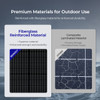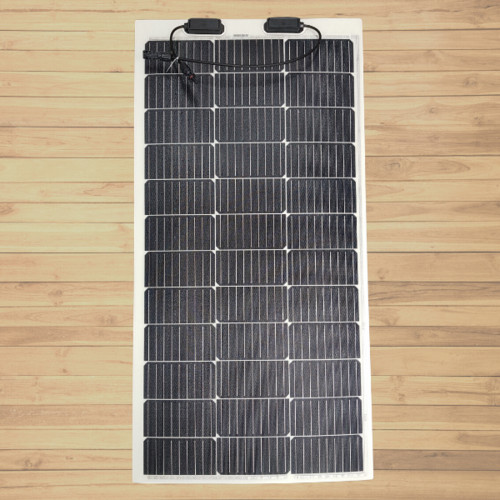Product Description
Renogy 400W Compact Mono Perc Portable Solar Panel
Description
The Renogy 400W compact mono portable solar panel provides you with more power generation in a lighter weight, smaller size, more portable solution. Empowering the future with advanced mono-perc solar cell technology. With ETFE film and reinforced materials, it provides a durable, long-term,stable and secure source of energy. Light and durable, the compact suitcase 400 W module. Renogy compact Suitcase® portable modules can be used to charge portable energy storage devices. provide power during camping, fishing and other activities. Also can be used to charge RV life batteries while parked or as a supplement to an existing PV system.
Solar connectors and charge controllers may be required. Sold separately.
Key Features
Portable Power Anywhere
- Seamlessly match with most portable power stations for an instant charge.
Robust Structure for Consistent Panel Output
- Sturdy, rust-resistant kickstands with adjustable angles allow maximum power generation.
Unyielding Strength for Extended Outdoor Reliability
- Built to last with premium materials for years of reliable performance.
The Dynamic Power Boost for Existing Solar Systems
- Connecting the solar suitcase to your existing solar system delivers increased power generation, enabling faster charging with effortless, rapid installation.
Ultimate Reliability with Impeccable Efficiency
- Maximizing module potential with 22.7% cell efficiency while harnessing compact solar cell layouts for enhanced module efficiency.
Uninterrupted Brilliance in Partial Shading
- Parallel wiring ensures individual shadows won't diminish the overall efficiency of the interconnected panels.

Portable Power Anywhere
Seamlessly match with most portable power stations for an instant charge.

Robust Structure for Consistent Panel Output
Sturdy, rust-resistant kickstands with adjustable angles allow maximum power generation.
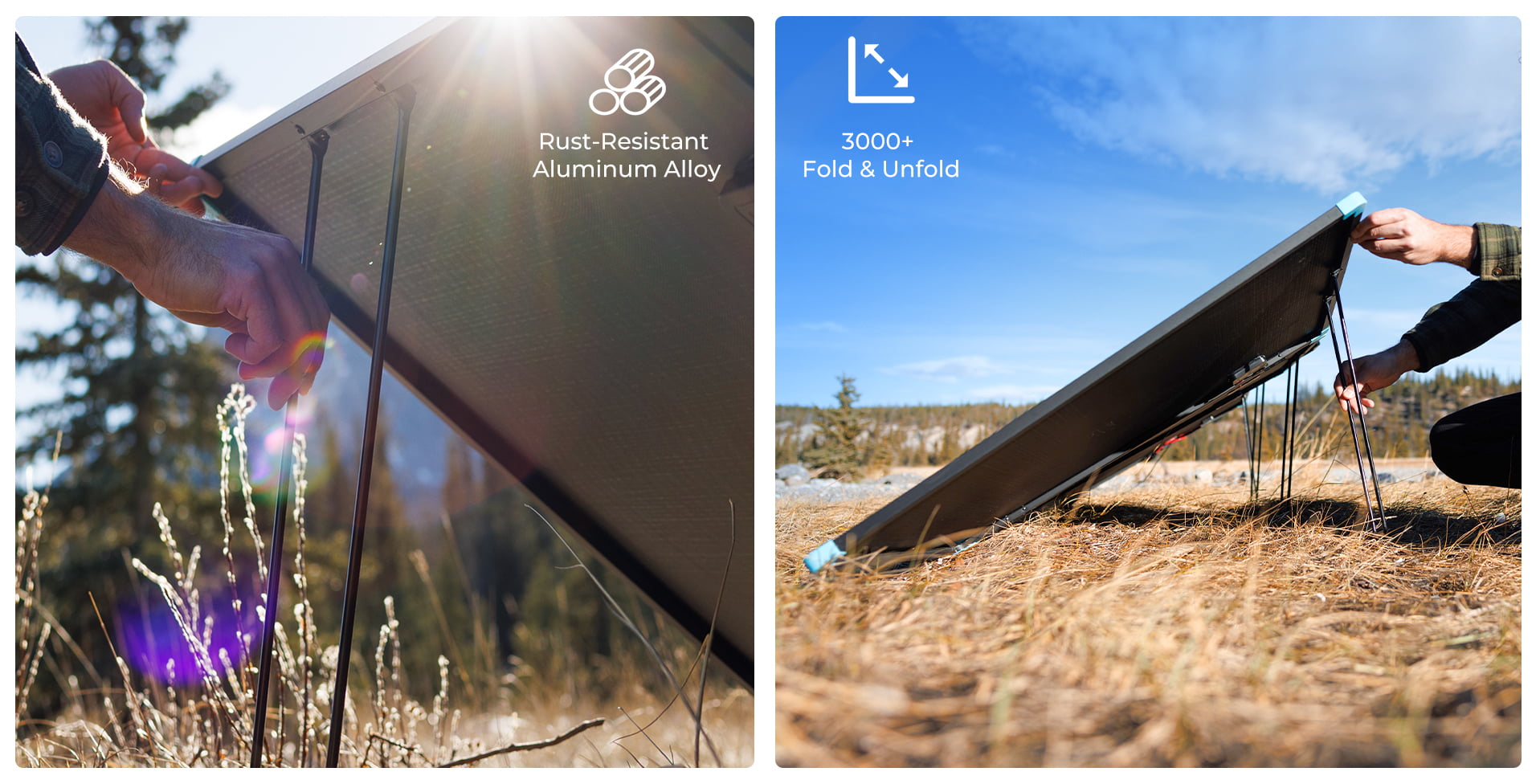
Unyielding Strength for Extended Outdoor Reliability
Built to last with premium materials for years of reliable performance.

Protective Case
Easily portable for transportation, offering impact protection.
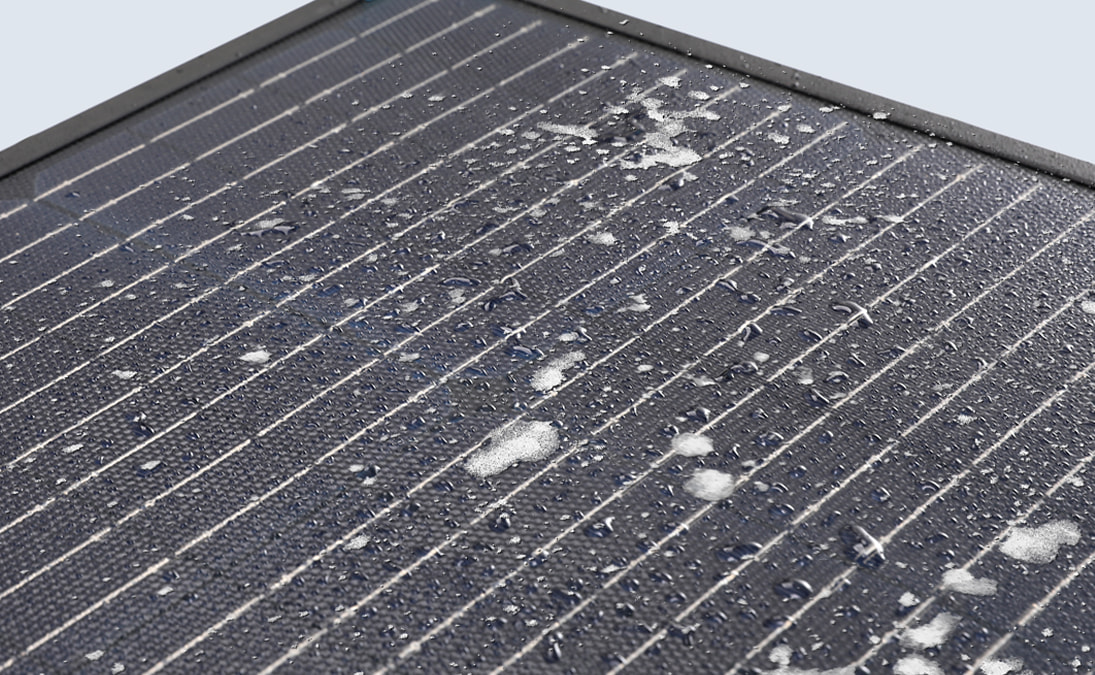
Fiberglass Reinforcement
Delivers exceptional durability even in the face of light hailstorms.

Corner Protection
Ensures longevity and resilience against wear and tear.

ETFE Coating
Provides enhanced durability and weather resistance.
The Dynamic Power Boost for Existing Solar Systems
Connecting the solar suitcase to your existing solar system delivers increased power generation, enabling faster charging with effortless, rapid installation.
Vehicle System
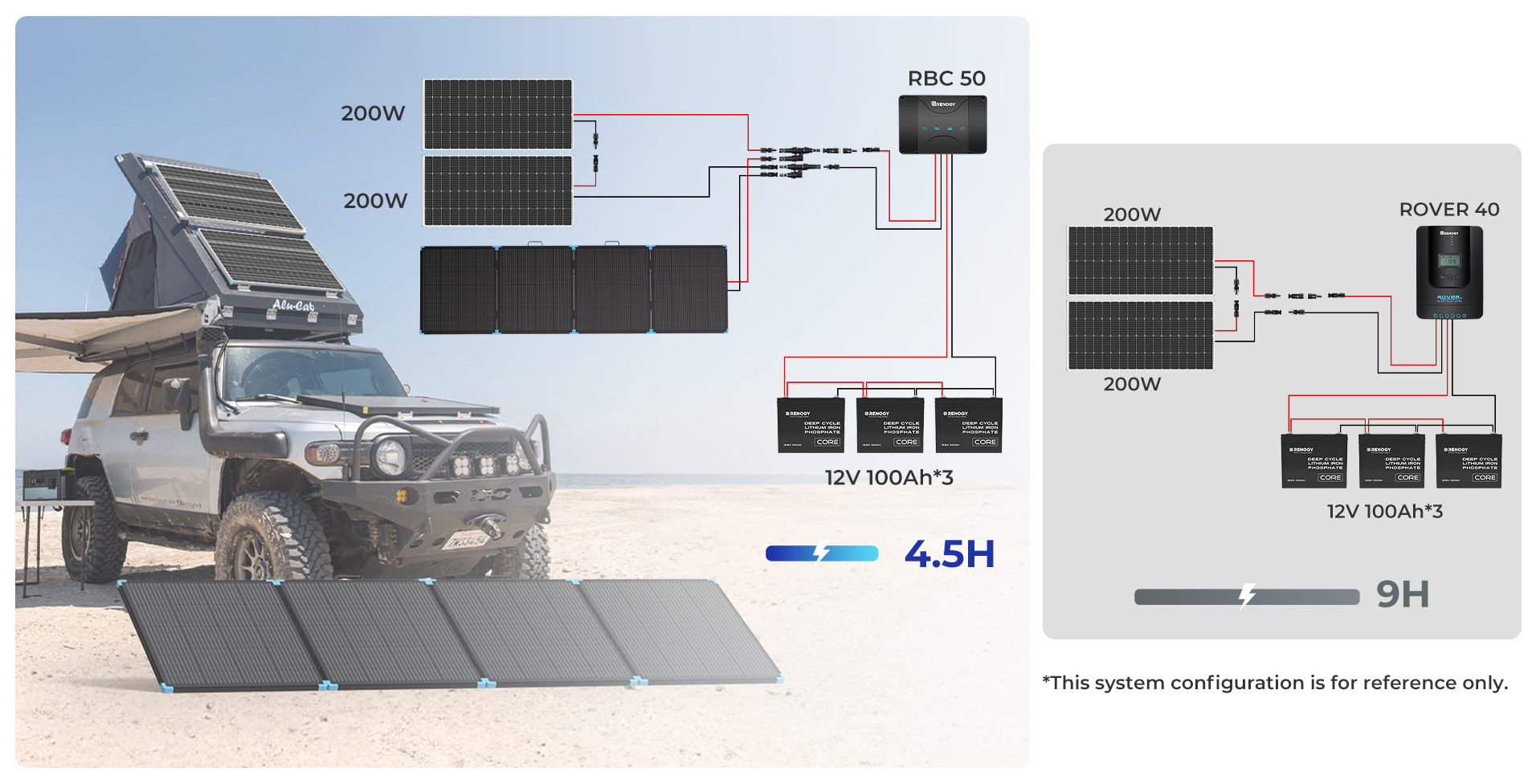
Cabin System

Ultimate Reliability with Impeccable Efficiency
Maximizing module potential with 22.7% cell efficiency while harnessing compact solar cell layouts for enhanced module efficiency.
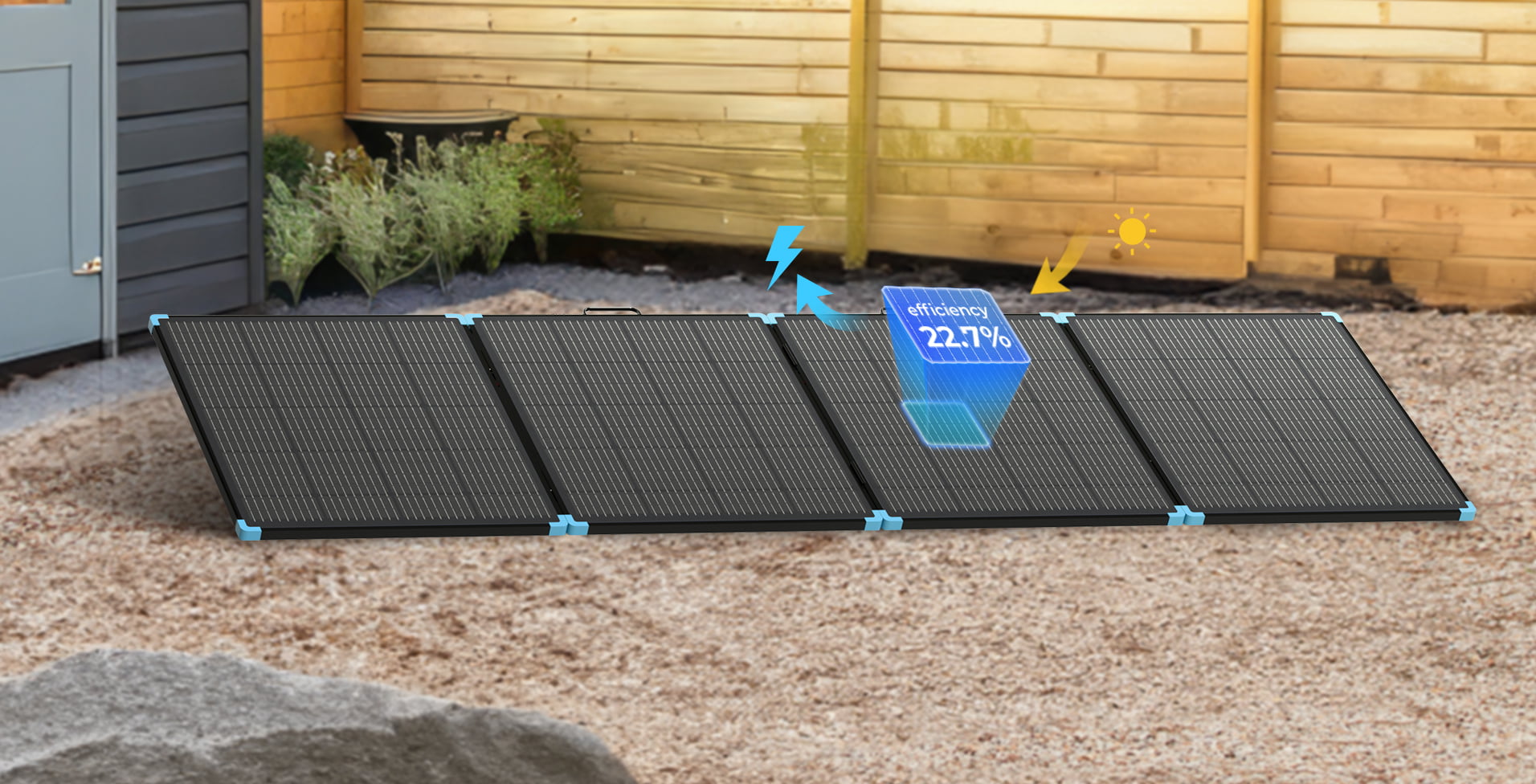
Uninterrupted Brilliance in Partial Shading
Parallel wiring ensures individual shadows won't diminish the overall efficiency of the interconnected panels.

Why Choose Renogy
Redefining excellence in solar solutions.
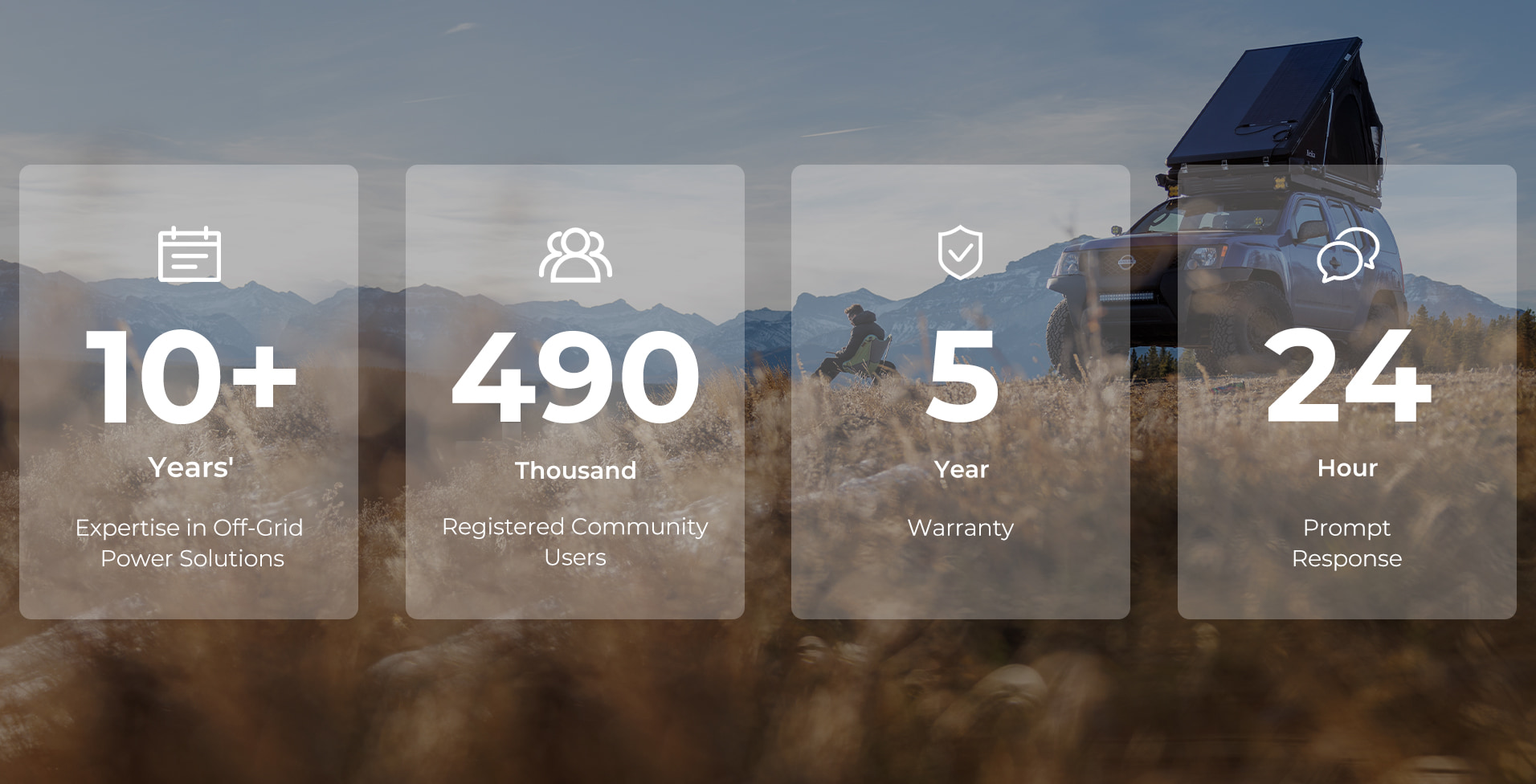
Specifications
|
Module Performance | |
|---|---|
| Maximum System Voltage | 600 VDC UL |
| Max Power at STC | 400W |
| Open Circuit Voltage | 47.2V |
| Short Circuit Current | 11.0A |
| Maximum Series Fuse Rating | 15A |
| Warranty | |
| Model | |
| Operating Temperature | -40°F~185°F / -40℃~85℃ |
| Operating Humidity | 0% to 95% RH |
| Operating Altitude | Less than 5000m above sea level |
| Installation | Flush mount or place on a table |
| Dimensions |
Unfolded: 2838 x 855 x 20 mm (111.8 x 33.7 x 0.8 in) |
| Weight | 13.7kg (30.2 lbs) |
| Certification | CE, RoHS, TSCA |
| Warranty | 3 years +2years paid extended warranty |
Manufacturers Info (Click on link and a new web page will open)
FAQ
Question 1. What do I need to complete my off-grid solar power system?
Answer:
Answer:
On-grid simply means solar power equipment (array or solar panel) is connected to the electrical grid, while off-grid refers to systems that are not connected to the grid and therefore store the generated power for later use. Off-grid systems are not affected by grid blackouts.
Question 3. Why is my solar panel under producing?
Answer:
Solar panel performance may be hindered for a number of reasons. Most commonly environmental conditions such as indirect sunlight, temperature rise, cloudy sky, and dirt and stain build up on the top glass will cause a reduced power output.
Question 4. How should I connect solar panels in my electrical circuit (series vs parallel)?
Answer:
Solar panels can be connected in series or in parallel to meet your electrical circuit size and power demand. Connecting solar panels in series will have the effect of adding up their operating voltage output, while system current output will be the same as that for one panel. While, connecting solar panels in parallel will have a different effect; individual panels operating current output will add up to be the system output current, while system output voltage will be the same as the output voltage of one solar panel. To meet the optimum power output and system rating for your power system, you can use both parallel and series connections.
Question 5. How many solar panels do I need?
Answer:
The best way to gauge how many solar panels you need, is to understand and define the power load needed from this system. Power is measured in Watts, and capacity is commonly measured in Watt-hours (multiplying power output in watts by the required number of hours of operation multiplied by a safety factor of 1.5-2). Therefore, it is wise to size your battery bank first based on the minimum required capacity, and accordingly decide how many panels or how much power input is needed.
Question 6. What does the 12V/24V in the product title of the solar panel mean? Why is it different from the value on the label/specification sheet of the solar panel?
Answer:
The 12V/24V in product titles (ex. 150W 12V CIGS Solar panel) does not refer to the actual voltage (Voc or Vmp) of the solar panels, but rather to the voltage of the solar system or energy storage system to which the panel is best suited. The voltage of the solar panel must be higher than the solar system voltage.
Questions 7. Why is the release film on the backing of my module partially peeling off?
Answer:
It is normal for the adhesive backed release film to be partially peeling off d by curling stress, which will not affect the normal installation and use of the product.
Question 8. Why is there a color difference between the cells of my modules?
Answer:
A small color difference in the cell is a normal phenomenon. The color of CIGS cell depends on the thickness of its coating, and the extremely small difference in thickness will cause a difference in the color of the cell, but it will not affect the power generation work of the cell.















